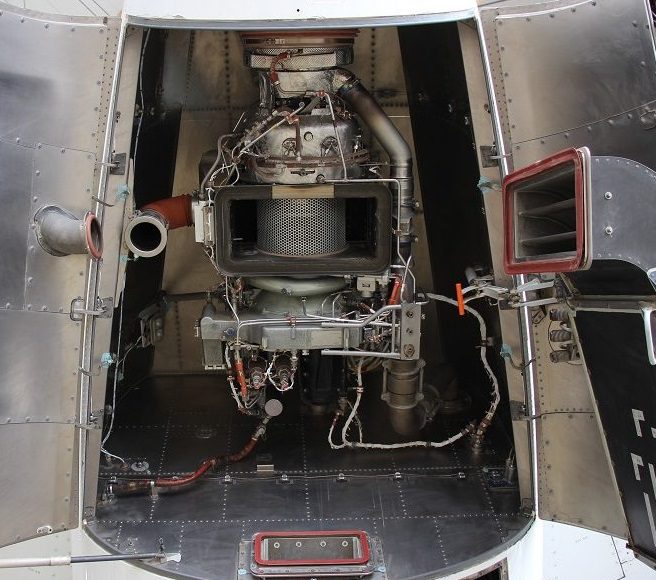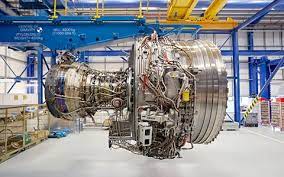CAMO & Aircraft Leasing Aircraft Reliability: Understanding and Enhancing Airworthiness
Aircraft reliability, crucial for airworthiness, encompasses various aspects including On Time Performance (OTP), Component and Engine reliability, Diversions, Aircraft On Ground (AOG) incidents, Unscheduled Maintenance, Acceptable Deferred Defects (ADD), Passenger Delay Costs, and Service Providers.
Reliability is required to be monitored for the vast majority of aircraft and operations, it can be used to ensure your maintenance plan is effective and monitor adverse trends; it also is important during and aircraft lease return or delivery as for example it can see thresholds changed for maintenance tasks.




